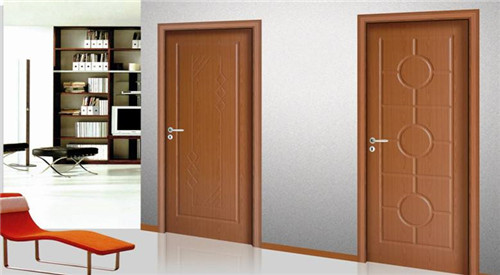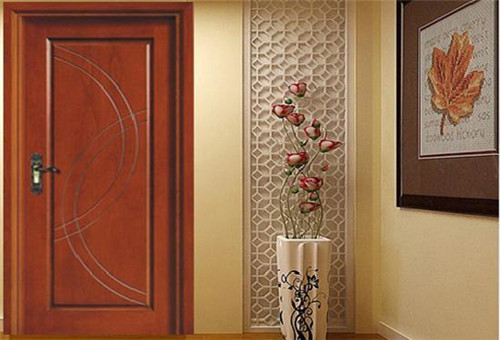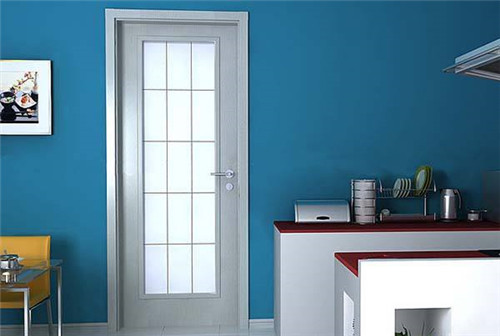Now the same kind of building materials, furniture choices can be described as numerous, different from the material to be able to process very large derivative products, like doors, then there solid wood doors, steel doors, paint doors and paint the door, etc., then paint What is the difference between the doors and the unpainted doors ? Check them out together.

First, the paint door and the paint free door which is good
Which is good for the paint door and the paintless door?
Unpainted wood texture of the door is very modern, very personal, good environmental performance, is a molding product, short construction period, resistant to collision, not spontaneous combustion, moisture, insect repellent, anti-corrosion, good maintenance and other advantages, a variety of shapes It can be customized according to the requirements. The surface is smooth and bright, but it is easily affected by humidity, air, and temperature. It will deform and open the surface.
Which is good for the paint door and the paintless door?
Painted door with bright color, good surface finish, moisture resistance, fire prevention, easy scrubbing and other advantages, but the processing cycle is longer, the process is complicated, the process level requirements are high, if there is damage, you need to find a professional repair, use caution.

Second, what is the difference between these two doors?
1, different names
The paintless door is a wooden door whose surface does not need to be painted, and generally uses a PVC veneer, and the paint door is a paint door plate that is sprayed into the drying room to warm the drying process.
2, different process
The production process of the paint door is simple and durable. It is made by using the wooden door for secondary processing, and the production process of the paint door is more complicated. The basic material of the paint board is the density board, and it must be polished repeatedly by hand. The hand paint is repeated 8 About time, then dry in a dust-free paint room.
3, the surface is different
The paint door surface is smooth and smooth, and the hand feels smooth. The smoothness and brightness of the paint free door are not as good as the paint door. The outer layer of the paint free door is a pvc film. If the quality is bad, there will be bubbles and peeling.

4, different production time
Paint free door production is relatively simple, the general cycle is about 7 days, while the paint door process is more complicated, the production of a longer time, the general production takes 45 days.
5, applicable to different groups
Paint-free doors are generally used for small hotels or construction projects, and the paint doors have a good gloss, gorgeous appearance, and are welcomed by middle and high-end people.
6, different price levels
Painted door prices are generally higher than the price of non-painted doors. The paint free door is a relatively low-grade door product, and the paint door is a very high-end door product with a mid-end steel-wood door between them.

Editor's summary: The above is about the paint door and the paint free door which is good and the difference between the two types of doors are introduced, these two doors are mainly due to different processes and the two kinds of doors have their own advantages and disadvantages, if you choose, to Look at the specific area and funding situation as a basis.
Valves are found in virtually every industrial process, including water and sewage processing, mining, power generation, processing of oil, gas and petroleum, food manufacturing, chemical and plastic manufacturing and many other fields.
People in developed nations use valves in their daily lives, including plumbing valves, such as taps for tap water, gas control valves on cookers, small valves fitted to washing machines and dishwashers, safety devices fitted to hot water systems, and poppet valves in car engines.
In nature there are valves, for example one-way valves in veins controlling the blood circulation, and heart valves controlling the flow of blood in the chambers of the heart and maintaining the correct pumping action.
Valves may be operated manually, either by a handle, lever, pedal or wheel. Valves may also be automatic, driven by changes in pressure, temperature, or flow. These changes may act upon a diaphragm or a piston which in turn activates the valve, examples of this type of valve found commonly are safety valves fitted to hot water systems or boilers.
More complex control systems using valves requiring automatic control based on an external input (i.e., regulating flow through a pipe to a changing set point) require an actuator. An actuator will stroke the valve depending on its input and set-up, allowing the valve to be positioned accurately, and allowing control over a variety of requirements.
Stop Valves, Ball Cock, Angle Valves, Gate Valves, Check Valves
ZHEJIANG KINGSIR VALVE CO., LTD. , https://www.kingsir-valves.com